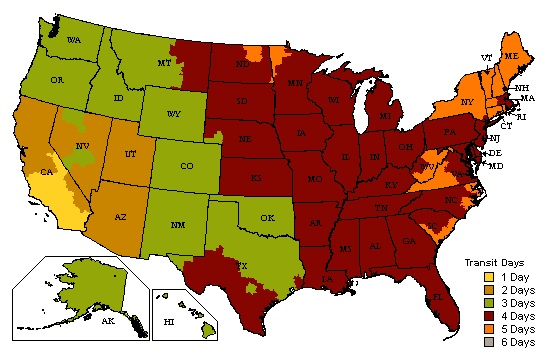FREE Shipping on orders $49 and up.

Most orders are processed and shipped same day. Orders placed on Friday after 3pm, Saturday, or Sunday are processed on Monday. Processing and shipping does not take place on weekends or holidays.
Within the continental United States (the contiguous 48 states), Shipping is FREE to customers on orders over $49. Orders being shipped to Hawaii, Alaska, Canada, APO's, FPO's and DPO's are not eligible for free shipping. Also, the free shipping policy does not apply to large or heavy items that require special shipping methods such as assembled industrial sewing machines and some sewing cabinets.
Understanding Sergers
What is a serger?
A serger, commonly referred to as an overlock machine, combines three functions into one simple operation-stitching a seam, trimming the excess seam allowance and overcasting the edge of your fabric-allowing you to achieve professional quality stitching in a short amount of time.
SewingMachinesPlus.com offers sergers for all types of sewers. From easy-to-use, beginner-friendly sergers in the A-Line series, to full-featured machines with more functionality, no matter what you're looking for, we have it!.
Why do I need a serger? Can't I just use my sewing machine?
Sergers create seams and finish edges without stretching fabric, even lightweight knits! Sewing on various types of fabric with little to no stretch is difficult to accomplish with a sewing machine. Plus, sergers sew about twice as fast as most sewing machines; this means you can achieve professional finishes in half the time.
Additionally, decorative techniques such as lettuce edging are much easier to accomplish on a serger and the results are neater. And, because sergers use more threads than regular sewing machines, numerous stitch combinations are possible.
Why are there so many threads?
Instead of a bobbin, sergers use looper threads. The looper threads help to lock your needle thread in place. The most basic serger stitch is the overlock stitch, which is where the term "overlocker" originated. Depending on your serger model, you may have anywhere from two to eight threads on your machine. The more threads your machine has, the more decorative stitching your serger can do.
I'm a little nervous about the knives. Are they safe and easy to use?
Yes! The knife is an essential part of your serger. Sergers sew, cut the seam allowance and finish the raw edges in one basic function. On most serger models, you can choose to have the knife turned on or off. Serging with the knife off is helpful when attempting a decorative technique or for times when you do not want to cut the seam allowance. Basic safety precautions are necessary when using a serger, but as long as you follow the machine instructions, your serger will always be safe to use.
Will a serger replace my sewing machine?
No, but a serger is a great complement to your sewing machine. While sergers do sew quickly, can be used to construct projects and with the right accessories can quilt, there are some things only a sewing machine can accomplish. You will still need a sewing machine to add buttonholes, buttons and certain decorative stitching.
Overlock? Cover stitch? Flatlock? Rolled hem? Ah!
So many stitch types! What is the difference?
When it comes to sergers, there are many different stitch types. Luckily, the stitch names usually describe what the stitches do.
- An overlock stitch encases the seam and locks the edge of the fabric with threads to keep the edge from raveling and give a professional finish.
- A cover stitch is used most commonly to create a hem. The hem fabric is folded and the stitches cover the folded, raw edge. Cover stitches are commonly found on store-bought t-shirts.
- A flatlock stitch, as the name implies, joins two separate pieces of fabric in a seam that opens out flat.
- A rolled hem covers the edge of fabric in a tiny roll of thread. This is most commonly seen on lightweight fabrics and table napkins.


